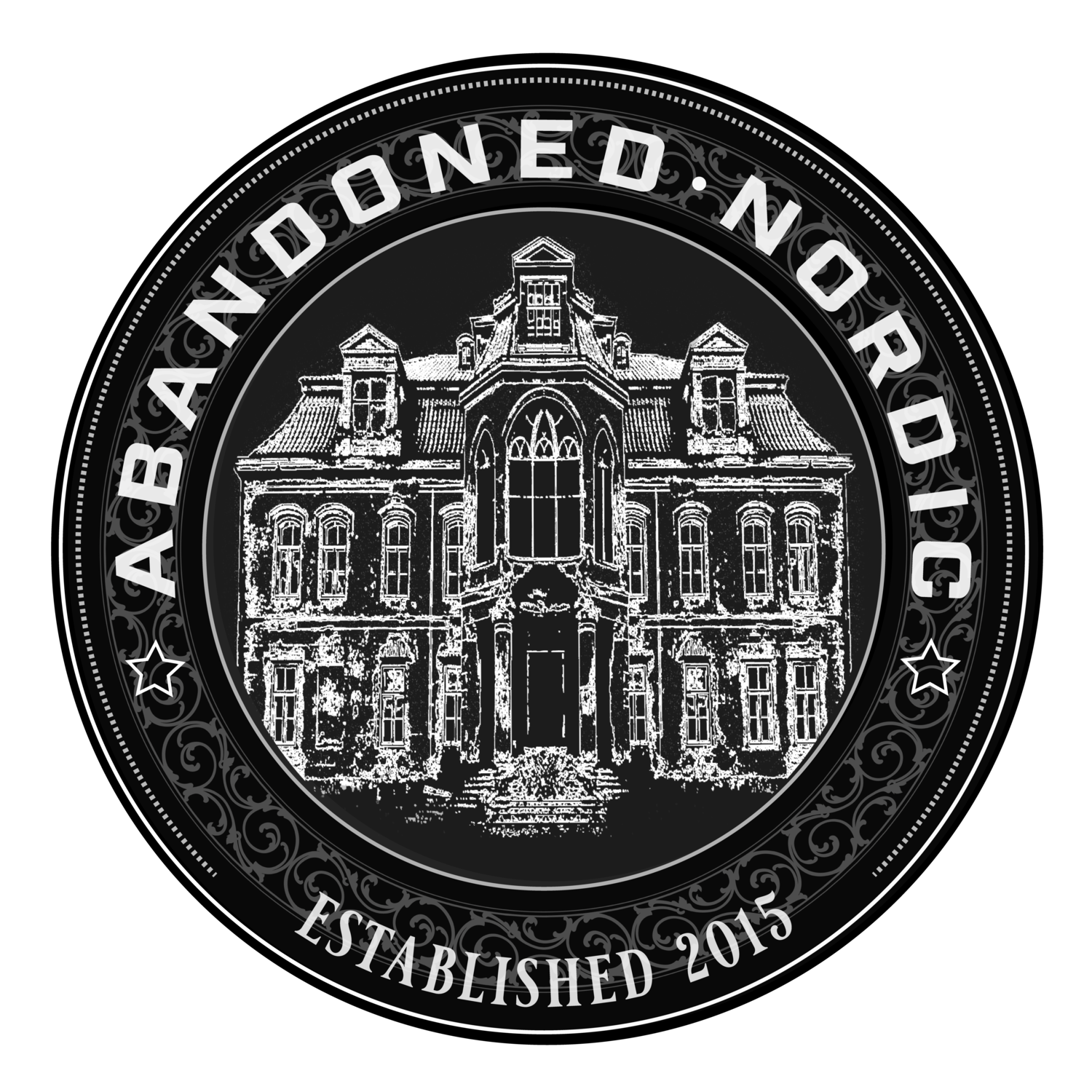Project 658
Soviet harbor town with a dark past
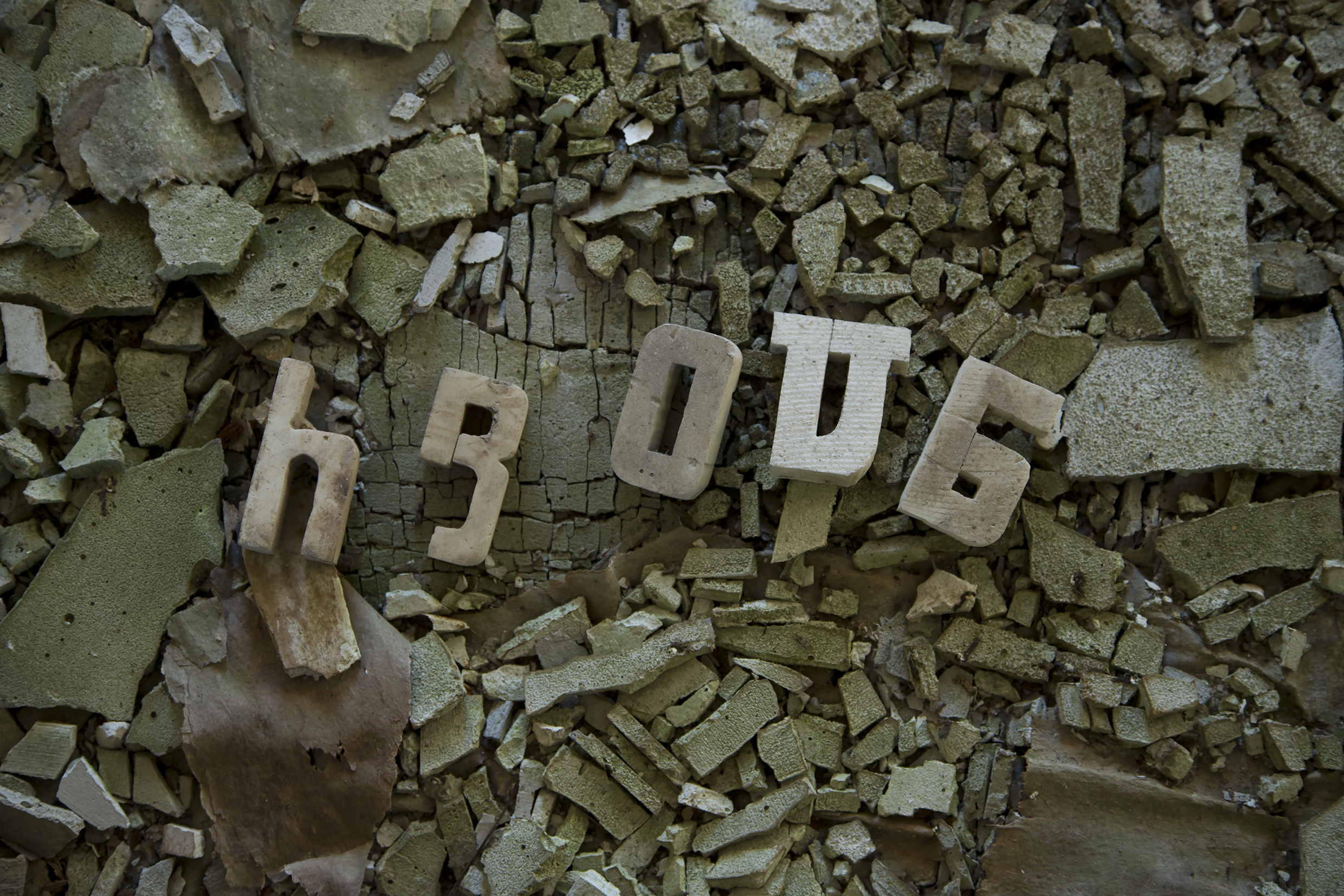
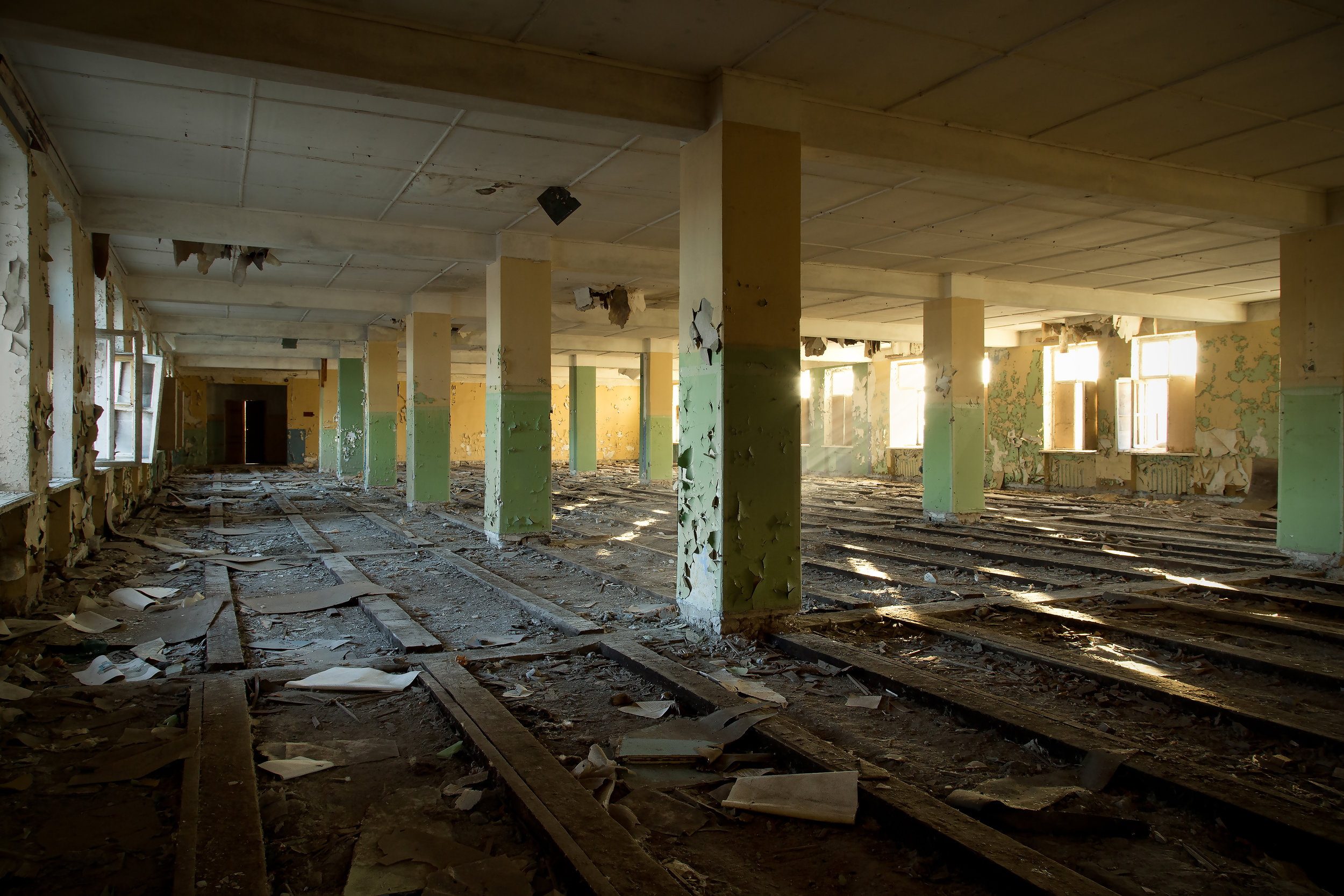
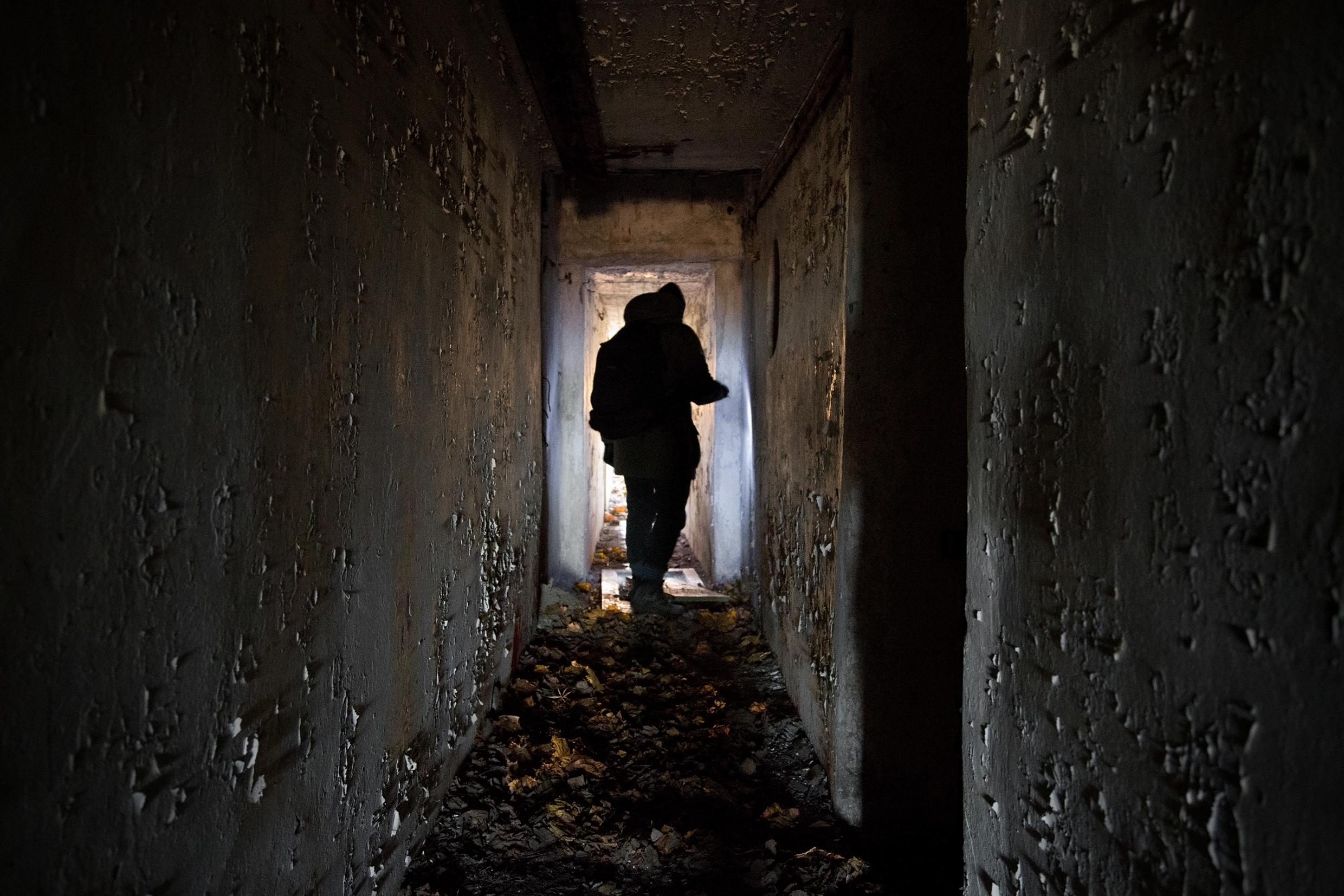
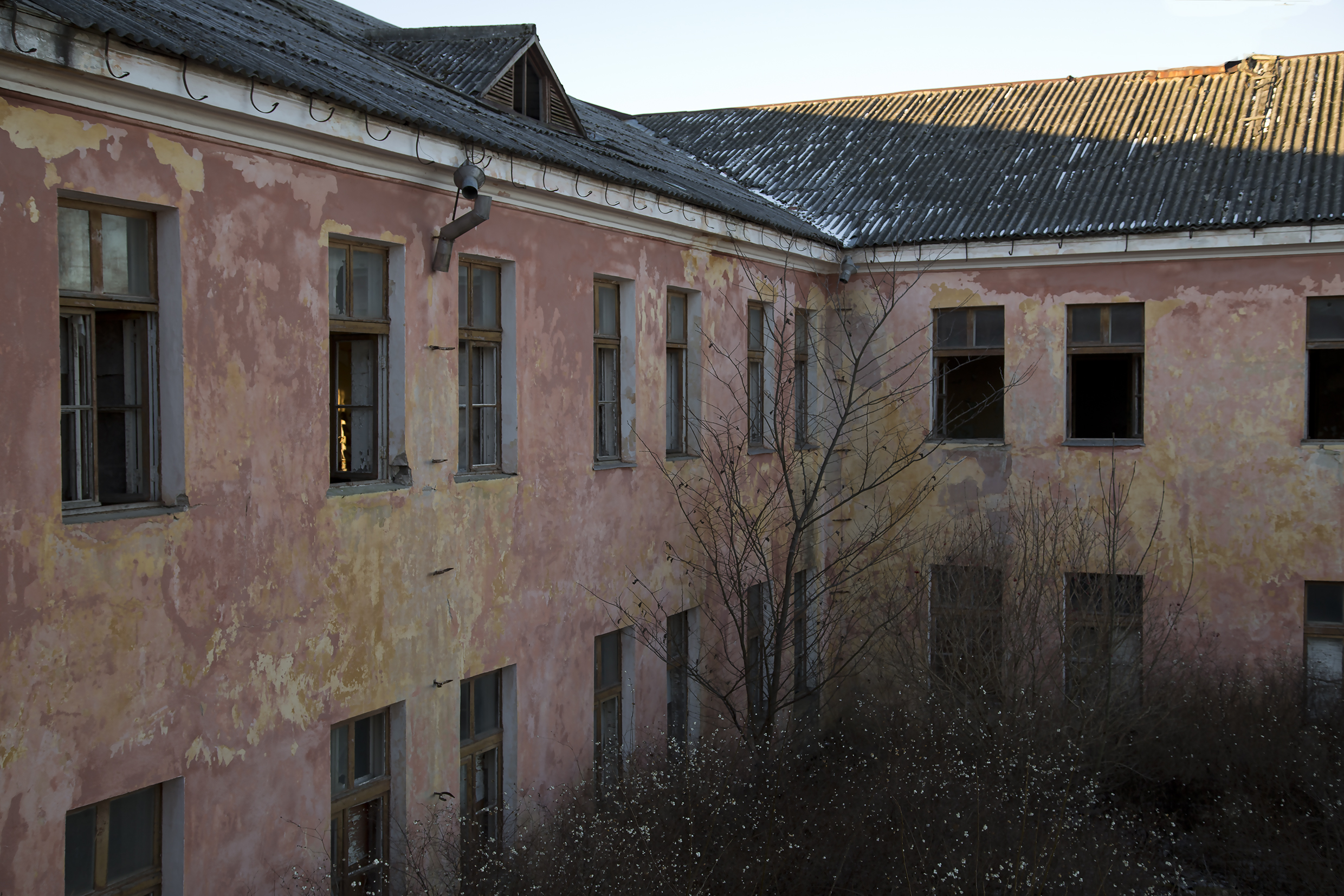

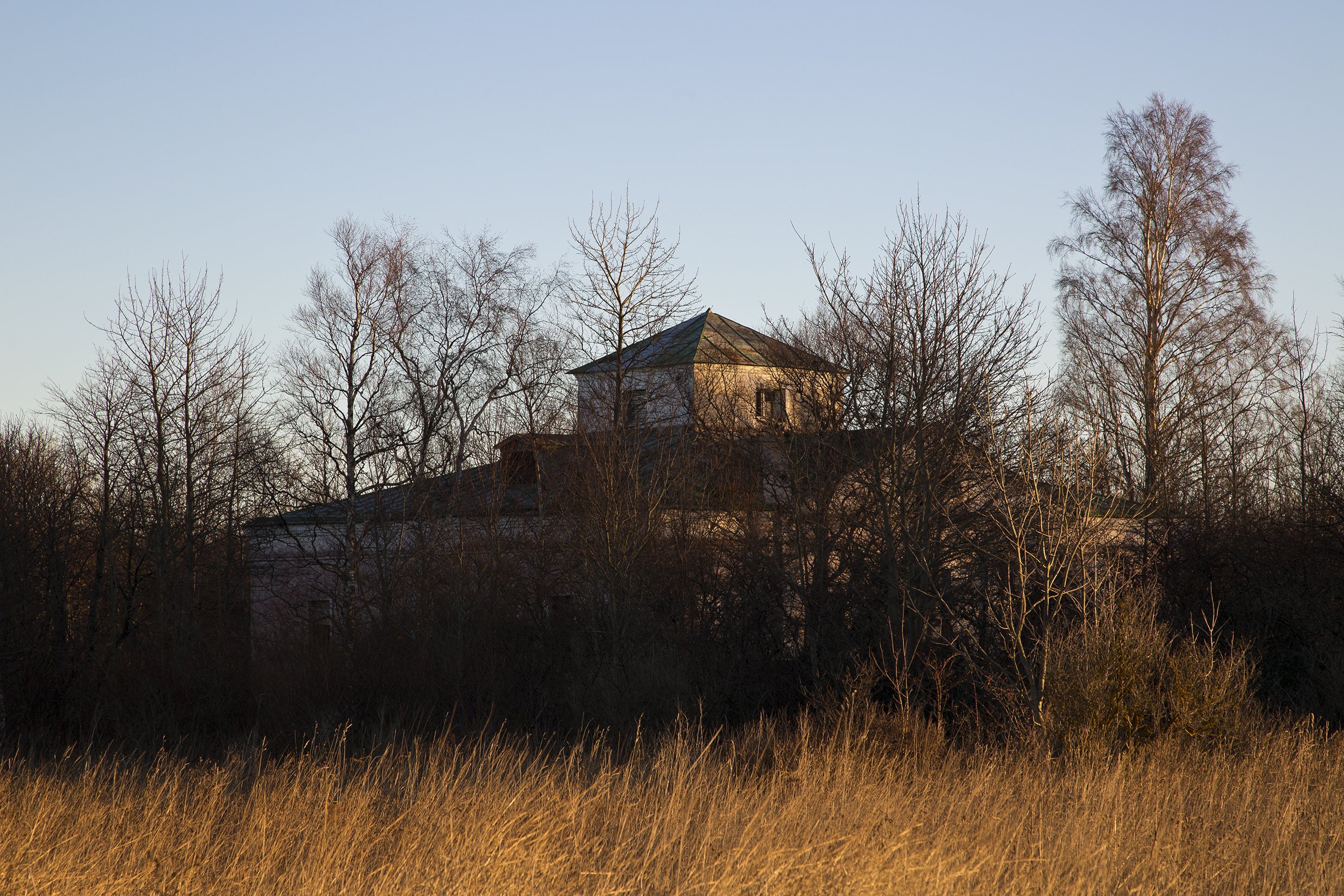
The Interview
The retired coast guard officer seemed to lighten up, when we asked what it was like in Paldiski when the Soviet union collapsed. The story made the listeners, us to be exact, focus on the details because we could only imagine what was to be found from Paldiski, a town which had successfully hid a nuclear submarine base. I take a sip from my coffee. I want to be on the road, exploring hidden abandoned places, and I want it bad. I don’t have to look into Tanja’s eyes, I can feel that she is taking the trip in her mind already. The feeling has led us to many mysterious places already. Places which are hidden and not easy to be found. Places that are long ago forgotten. The officer continued his story which had the same wondering which is an inseparable part of urban exploration. How was it possible that the soviet navy left everything only to be found by the incoming soldiers. Rapidly shattered utopia extended everywhere in Estonia and in the Baltics. Utopia left behind pieces of truly weird history and shapes that fit well into our photos. One of those places was the coastal
city of Paldiski, which is located in the north-west corner of Estonia. For a long time, the city was inhabited by young sailors whose iron coffins silently went ahead under the waves.
Peter the Great decided to built the largest harbour in the town of Paldiski. The Russian Tsar never witnessed the completion of the harbour which took place in 1768. The harbor town was built with sweat and blood of prisoners. The maltreatment of prisoners was so wide that Paldiski was given a notorious nickname “the second Siberia”. Time passed and new technology brought new developments. The first railroads made Paldiski a port to the west but only for a brief time. The Second World War meant that Estonia was stripped from its independent position. The local Estonians were evicted from Paldiski in 1940 and the town received a military face lift. Barbed wire and guard towers were the new attractions for this coastal town.
A town with a future
A gentle winter breeze accompanied us on our trip towards Paldiski. The trip was quite easy because the town is only around 40 kilometers from Tallinn, the capital of Estonia. Our image of the town was based on the colorful history and our expectations were quite high.
We were welcomed with a sight of modern faceless industrial buildings and quiet streets. The atmosphere was depressing but we knew that under all this, something interesting was waiting. The slogan for Paldiski, “A Town with a Future” was as plausible as the eternity of Soviet Union but hope is the last thing that a town can lose. Maybe Paldiski still had hope in the quickly evolving and democratic state of modern Estonia. I myself was willing to believe that this town could rise again from its dark history.
The introduction of nuclear technology meant a new military doctrine for the Soviet navy and it was decided that a training center for nuclear powered submarines was to be established in Paldiski. The first prototype of a nuclear submarine was put to use in 1968. It was called “Project 658, Echo II-class”. The training center in Paldiski was under a tight supervision of Moscow because the aim of the training was to strengthen the know-how of strategic and ballistic missile use in nuclear submarine warfare. The sailors were taught basic operational skills in nuclear submarine use like navigation, utilization of the reactors and of course launching of the weapons. The retired Finnish coast guard officer which we had interviewed told us many weird stories. One of them regarded an underground training facility built inland with no access to the sea. In this underground bunker, a complete operational nuclear submarine was standing in a huge pool of water for training purposes. He told us that no one seemed to know how this submarine had appeared there and the only logical explanation seemed to be that the enormous machine was built there, inside the bunker. He didn’t know where this installation was located and we could only imagine if it is still there somewhere, waiting to be found.
I was standing on a sandstone cliff. Under me, waves were hitting against the high wall which seemed shaky even without the power of the sea slowly eating the sandstone away. I was gazing at the Baltic Sea, which gave a me an demonstration of its powers even though it is a modest and a shallow sea. On a clear day, with a pair of good binoculars, I could see the outlines of my hometown Helsinki across the sea. The sea and how the events played out in the Second World War separated Estonia and Finland from each other. Tanja was adjusting her camera gear and we were soon ready to head to an abandoned military outpost hidden inside a windy forest.
The light-colored two-story is beautiful resting on its own apathy and peace. Trees had time to enclose the building from sights of people driving by on the small road leading to the tip of the cape. At the tip, the famous lighthouse of Paldiski was standing just like in a postcard. Sunrise just happened and the rays were hitting the walls of the building forming dark shadows to the cream colored facade. We were
looking at one of the buildings which the coast guard officer had told us about. Like many abandoned buildings in the Baltics, this one was filled only with dust. The cyrillic letters on the doors didn’t mean anything to us but somehow I got the feeling that we were warned about something. The station was built next to the tip of the peninsula in a high position and in the wall facing the sea, a large opening was constructed into the building. From this plateau in the building, a soldier could have an excellent view to the huffing Baltic Sea. The mosaics covered the floors and this building was fortunately not built from the cheap bricks.
We climbed a metal ladder to the second floor where a familiar face was waiting for us. Lenin. The face was on a faint colored large painting with unknown punchlines and historic events. All the other movables were taken but it seemed that the face of Lenin had no resale value whatsoever. Bad memories and shame don’t sell like metal and electrical wires. This building used to be filled with electronics and communication devices when the coast guard officer had visited the place just after the retreat of the soviet forces in the 1990s. Now the place was deserted like an eye looking at the end of the world. The place was a reminder of something that was once real but not anymore. This place was only a tiny part of the totality which was called the nuclear submarine base of Paldiski.
When the dust had cleared, it was time to pick up the heavy fruits of the collapse. Admiral Tshernav of the Russian Navy tried to insure the Estonian government that the two nuclear reactors in Paldiski were in excellent condition and that the decommission of the reactors had started. After this, it took nearly two and a half years before the russian troops retreated from Paldiski. The final seal was set in 30th of June 1994 when the governments of Estonia and Russia reached an agreement which stated that “The site with two sealed reactor compartments and radioactive waste storages shall, after decommissioning, be transferred to the Republic of Estonia by September 30, 1995 together with the completion of all relevant documentation”.
Now, over 20 years from that moment, Paldiski is only a whisper of what it used to be. Maybe Paldiski is a step closer to the future it deserves. Once again, it is a gate to the west even though a dark shadow from the East is present.
"Aa! Korrespondent!"
A skinny dog is barking outside. We can see a scruffy looking old man sitting in a worksite booth. He notices us and comes outside to the cold but sunny day to see who the strangers are. Behind the booth, we see one of the old barracks. We spotted around ten similar barracks in the town but they were all boarded up tightly. They resemble the barracks of Suomenlinna, an old military island next to Helsinki which was used by the Russian soldiers before Finland declared independence in 1917. In Suomenlinna, the Russian styled architecture is still strongly visible.
In Paldiski, colors of pink and cream mix in abandoned U-letter shaped two-story buildings. They used to be the homes of hundreds of submarine sailors, now they are abandoned and windows and doors are boarded up. Only one door is
open. The smiling old man limps to us and we greet him. The area is a junk yard. Metal bars, wood, old rowing boat. We ask if he speaks english and I would have been very surprised if he had. The Finnish and the Estonian languages are pretty similar and many times we can communicate if we speak slowly and clearly but in many towns, people talk Russian, not Estonian. The Russian language is totally different to Finnish I know only a couple of basic words. We try to signal with our hand about photographing and writing. He starts laughing and seems to agree - “Aa! Korrespondent!” We smile back and I reply with one of the few words that I know - “Da!”. He thinks that we are journalists. We are happy with this conclusion. The old man limps back to his booth and we are allowed to enter the barracks. Next to the front door, tires and bags of cement are lying around. The fate of the submarine sailors home was not extraordinary in Estonia, it was turned into a warehouse for junk.
The building was luminous inside because there were many large windows around the walls. We walked through the downstair corridors but could not understand what were all the rooms used for. The wooden gun racks confirmed that this was indeed a military installation. The rooms were covered in dust, only the first rooms were occupied by the construction materials. We found shower rooms, living quarters and other rooms with unknown purposes. We ascended to the second floor which has more murky corridors. A big hall is located in the middle of the building. Maybe a dining hall or a lecture hall. Thick wooden beams are visible through the rubble. I stepped on one of the beams and noticed that through the rubble the first floor is visible. I warned Tanja about the lightweight floor structures and continue my balancing over the beams. I reached the other side with a proper floor and discover old plastic cyrillic letters on the floor. Other small items and papers are on the floor as well. The quietness is penetrating and the atmosphere is deeply disturbing. The paint has been peeling off for a long time.
We continued through the large hall carefully not to step off from the wooden beams. The next part of the building was just like the other but with an exception, a small pile of junk was on the floor. We found a log book with cyrillic letters and numbers but could not know what all the figures meant. We also found negatives of old photographs. I lifted one between my eyes and a window and could see soldiers posing relaxed with their rifles. It seemed to be winter in the picture. The soldiers look like they are very proud of their occupation and maybe these photos were to be sent for their loved ones back home. The soldiers, young boys, don’t seem very worried about the future in the pictures. They are a part of the glorious Soviet navy which leaves the western world behind with its wits and strength! The future
seems bright for these sailors.
End of a painful process
On 15th of October in 1994, a heavily loaded cargo train glided across the border between Estonia and Russia in the town of Narva in eastern Estonia. The train cars were loaded with type TK-18 transport containers which contained nuclear reactor fuel. The moment meant a long desired relief for the Estonian government and the citizens of Paldiski but it also meant that Paldiski was now under the responsibility of the Estonians. It was going to be a long way and a painful process for the all the be cleaned from Paldiski. Only few people know that there is still one submarine in Paldiski today. It lies 50 meters deep in the bottom of the Baltic Sea. We didn’t find any newspaper articles about an incident which would have fit the description. We found a video which shows a dive into the submarine. It seems that a Whiskey-class (“Project 613”) submarine sank in Paldiski while it was towed to the harbour.
Above the sea, the reactors have been covered with concrete and lead. Old training center buildings have been demolished. Only small parts of the history is still there, like lonely abandoned buildings with old photograph negatives.
We spent a single day in Paldiski. Our visit to the town seemed to be something new to the old people walking in the quiet streets. Daily things, grocery stores and baby carriages didn’t give a hint of the history behind the town. I am sure that two buried nuclear reactors in the backyard is not a successful marketing punch line for the town. Maybe all the residents don’t even know about them. When we drove out from Paldiski, I wondered how easily things get buried into the history. The buildings have new purposes and the rest is slowly hidden away by forests. Still, there is a small flame of utopia flickering under the surface which is kept up by urban explorers. The fire set by the Soviet Union ravages on in the Baltics, although most flames has been successfully extinguished. From the soot, the faces of Lenin and Stalin are looking at us. Outlines of hammer and sickle are still visible, even though their meaning is soon lost for good. The Utopia had been undisturbed for decades before the Soviet Union collapsed. It was the end of an social test as well as an era, which carried the name of the Soviet Union.
